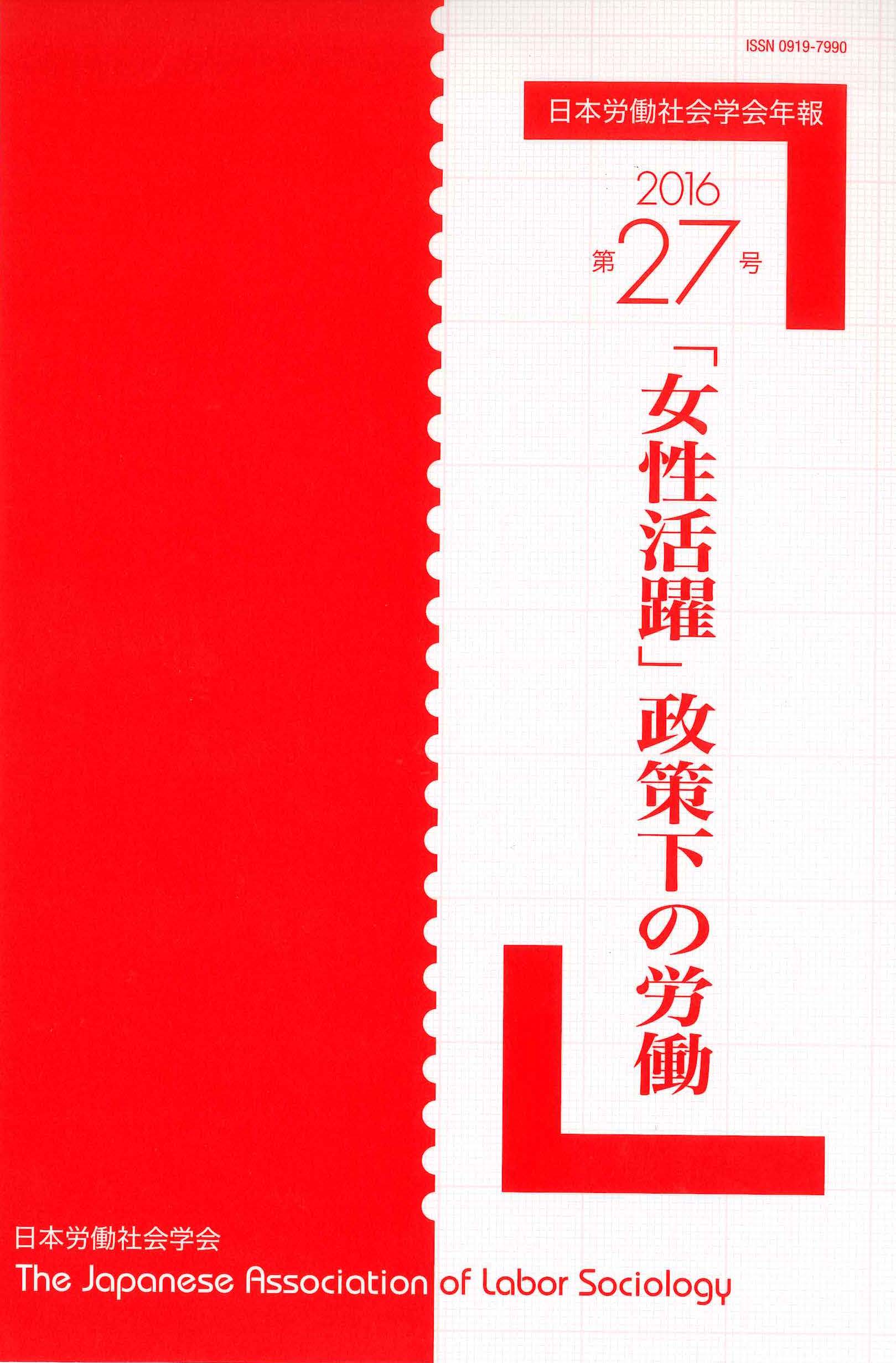Volume 8
Displaying 1-10 of 10 articles from this issue
- |<
- <
- 1
- >
- >|
-
1996Volume 8 Pages 3-35
Published: 1996
Released on J-STAGE: November 20, 2020
Download PDF (3188K) -
1996Volume 8 Pages 37-63
Published: 1996
Released on J-STAGE: November 20, 2020
Download PDF (2575K) -
1996Volume 8 Pages 65-75
Published: 1996
Released on J-STAGE: November 20, 2020
Download PDF (1074K) -
1996Volume 8 Pages 79-112
Published: 1996
Released on J-STAGE: November 20, 2020
Download PDF (3262K) -
1996Volume 8 Pages 113-134
Published: 1996
Released on J-STAGE: November 20, 2020
Download PDF (2150K) -
1996Volume 8 Pages 135-156
Published: 1996
Released on J-STAGE: November 20, 2020
Download PDF (1927K) -
1996Volume 8 Pages 157-182
Published: 1996
Released on J-STAGE: November 20, 2020
Download PDF (2411K) -
1996Volume 8 Pages 184-221
Published: 1996
Released on J-STAGE: November 20, 2020
Download PDF (3640K) -
1996Volume 8 Pages 231-237
Published: 1996
Released on J-STAGE: November 20, 2020
Download PDF (626K) -
1996Volume 8 Pages 224-230
Published: 1996
Released on J-STAGE: November 20, 2020
Download PDF (659K)
- |<
- <
- 1
- >
- >|
